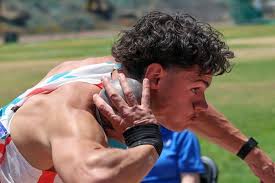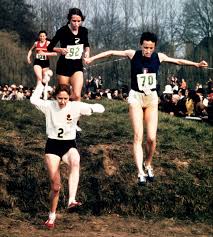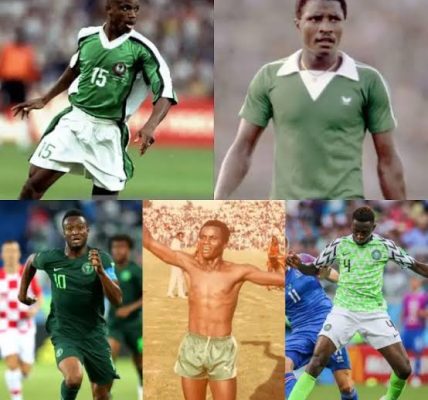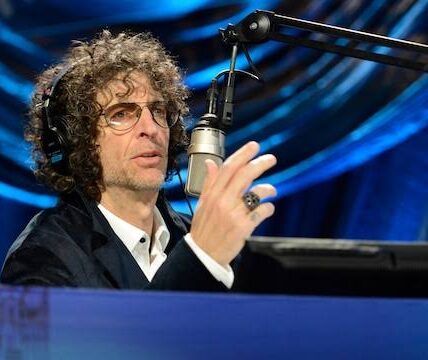Remembering Waitz’s first world record, 50 years on | News | Heritage | World Athletics
Remembering Waitz’s first world record, 50 years on | News | Heritage | World Athletics
Early in 1975, Grete Andersen was asked by a Norwegian sports reporter whether she held any ambitions to move up in distance to the 3000m.
“No,” she replied. “I’ve raced it once before and I thought it was far too long.”
That initial attempt, in 1973, took the pigtailed Oslo primary school teacher – the future Grete Waitz, the future all-time great of the 42,195m marathon – a modest 9:34.2.
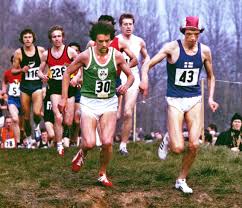
At the start of the 1975 outdoor track season, the women’s world record for 3000m stood at 8:52.8.
It had been set in 1974 by Lyudmila Bragina, the Soviet sensation against whom the 18-year-old Waitz (then named Andersen) had attempted to measure up in the inaugural Olympic 1500m for women in 1972.
Her senior by 11 years, Bragina won the opening heat in 4:06.5, breaking her own world record for that distance; she proceeded to improve the global mark with victories in her semifinal (4:05.1) and the final (a stunning 4:01.4). Waitz finished sixth in heat two, clocking 4:16:00.
